Overview
- Features: Museum showcasing Mumbai history and culture in a palladian style buiding
- Opening Times: 10:00 am to 5:30 pm (Thu-Tue)
- Best Time to Visit: Anytime
- Duration: 1 to 2 hours
- Travelled By: Train
- Cost: Indian/foreigner Rs 10/100
- Address: Dr Babasaheb Ambedkar Road, Byculla East, Mumbai, Maharashtra, India
- Type: Museum
Author Reviews[display_rating_item_results rating_form_id=”2″ rating_entry_ids=”1″ show_category_filter=”false” show_options=”true” result_type=”star_rating” preserve_max_rating=”true” show_title=”false” show_count=”false” ]
Total Rating: [display_rating_result rating_form_id=”2″ show_count=”false” show_rich_snippets=true] [accordions load=”1″] [accordion title=”User Reviews” last] [display_rating_item_results rating_form_id=”5″ show_options=”true” result_type=”star_rating” preserve_max_rating=”true” show_title=”false” show_count=”true” show_rich_snippets=true] [/accordion] [accordion title=”Add Review”][display_rating_form show_email_input=”true” show_comment_textarea=”true” show_name_input=”true” rating_form_id=”5″] [/accordion] [/accordions]
Summary
Bhau Daji Lad Museum located in Byculla East is the oldest museum in Mumbai and showcases more than 3500 objects relating to Mumbai’s history and culture. The Museum is housed in a beautiful Renaissance style building with ornate ceilings and columns and a beautiful grand staircase and chandelier.
Bhau Daji Lad Museum Mumbai
Situated in Byculla East, the Veermata Jijibai Bhonsle Udyan garden, formerly Victoria Gardens, is a lush and sprawling mid-19th-century garden and zoo. The gardens share space with the newly renovated Bhau Daji Lad Museum (Victoria and Albert Museum). Inspired by the Victoria and Albert Museum in London and financed by public subscription, it was built in 1872 in a Renaissance revival style. It is the oldest museum in Mumbai and the second oldest museum in India. It reopened in 2007 after an impressive and sensitive four-year renovation. In addition to extensive structural work, the interiors of the building were restored to their former, historically accurate glory. Also restored were the museum’s 3500-plus objects centering on Mumbai’s history and culture.
[singlepic id=2200 w=720 h=560 float=center]
There are two reasons to visit this magnificent historical institution. If you’re an architectural buff, you’ll enjoy inspecting the interiors of this building and admiring the palladian style of architecture within. The museum is also a great way to learn about the history and culture of Mumbai.
[singlepic id=2210 w=720 h=560 float=center]
The main reason we visited Bhau Daji Lad Museum was for its architectural brilliance. As we wandered inside the museum, the first impression is one of grandeur and brilliance. We were immediately taken back to the Victorian era of big mansions with chandeliers and grand wooden staircases.
The interiors of the Bhau Daji Lad Museum were restored to its former historical glory during the restoration efforts of 2003-2007 and they have done a very good job indeed. The building’s Minton tile floors are immaculate, the gilt ceiling moulding and the ornate columns are splendid; even the sweet mint-green paint choice was based on historical research.
[singlepic id=2201 w=720 h=560 float=center]
At one end of the museum, there is a grand wooden staircase that joins the two levels of the museum. At the top of the staircase is a painting of the founder of the museum, Bhau Daji Lad as well as a magnificent golden chandelier from the Renaissance era.
The museum is broken up into two levels. On the lower level are a large number of archaeological finds, maps and historical photographs of Mumbai, silver and copper ware, costumes, weaponry and exquisite pottery. Upstairs, there is an interesting collection of industrial and agricultural exhibits including impressive clay models of village life.
Of the 3500-plus objects, the pieces we found most interesting were models that showed how the seven disjointed islands came to form Mumbai. Its significant collection also includes a 17th-century manuscript of Hatim Tai.
[singlepic id=2207 w=720 h=560 float=center]
[singlepic id=2214 w=720 h=560 float=center]
At the centre of the museum, there is a small but interesting collection of marble statues from the Victorian period. The main statue which is the centrepiece of the museum is that of Albert, Prince of Wales dedicated by David Sassoon. Several smaller marble statues sit below him as if in reverence of his stature.
Outside the museum is the installation of the monolithic basalt elephant sculpture recovered from the sea, which originated from Elephanta Island.
If you have some time, drop into the zoo next door for an exhibition of Indian fauna. It’s not the best zoo in India but it does have a few exhibits worth inspecting.
Getting to & from Bhau Daji Lad Museum
There are two ways to get to Bhau Daji Lad Museum. One option is to take the train to Byculla train station and walk about a kilometre, or you can hop into an auto rickshaw or taxi that will take you straight to the door of the museum.



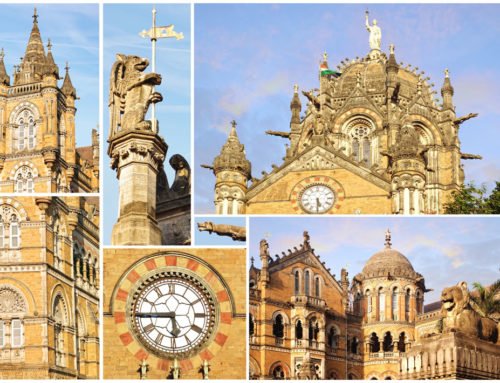
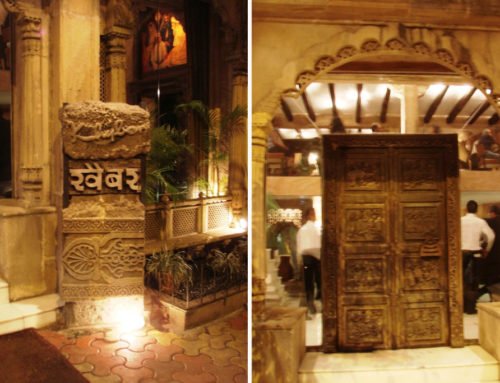
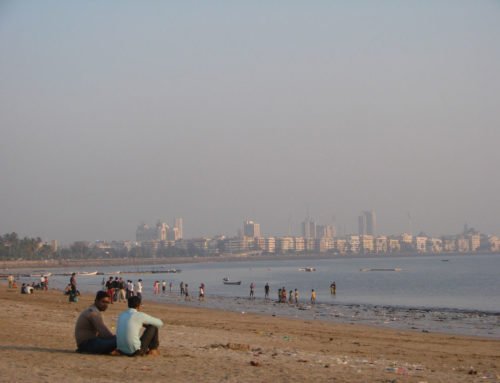
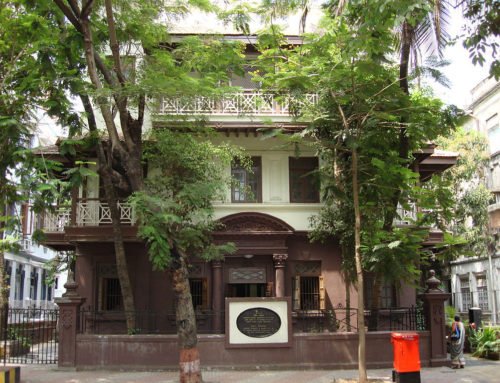
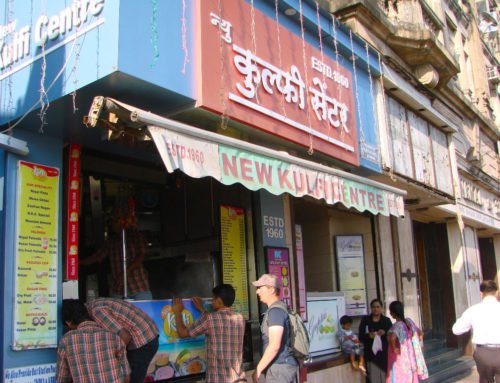
Loved this museum, thanks for the recommendation.
Definitely value bookmarking for revisiting.
I wonder how much effort you have made to make such a magnificent informative web site.
I’m truly enjoying the design and layout of your site. It’s a very easy on the eyes which makes it much more pleasant for me to come here and visit more often. Did you hire out a developer to create your theme? Outstanding work!
Yes Eileen, we sure did. Leave it to the professionals to do a fantastic job.
I’m going for a holiday to Mumbai next month. What time of day would you suggest I visit this museum?
Vijay,
The best time to visit the museum is in the morning when it opens at 10 am. By midday it gets crowded especially during the weekends when it’s the busiest.
Hope that helps. Enjoy your trip to Mumbai. 🙂
My spouse and I absolutely love your blog and find a lot of your post’s to be exactly what I’m looking for. Would you offer guest writers to write content for yourself? I wouldn’t mind publishing a post or elaborating on most of the subjects you write concerning here. Again, awesome weblog!
Hi Bob,
We’re really flattered that you would like to write guest posts for our website. Can you please email your details to info@remotetraveler.com along with a brief about what you would like to write about.
Cheers
Great post. I really like the detailed information on this page plus the pictures are very inspiring. I will definitely being checking out Bhau Daji Lad Museum when I visit Mumbai.
Thanks Angel. You’re welcome. 🙂
Lots of info about the museum and we decided to check it out after reading the page. Thanks for the info.
That’s awesome. Let us know whether you enjoyed your visit to the museum.